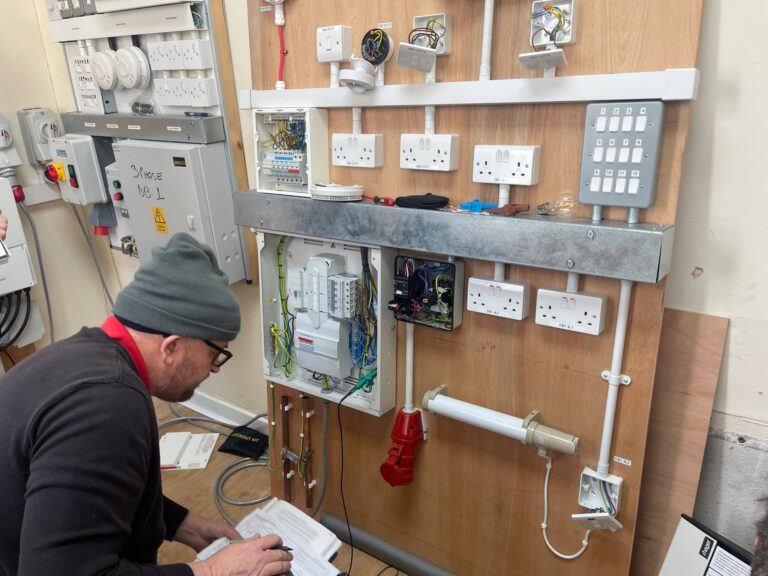
Transcribing an interview can be tricky because it’s not just about taking down what people say; you also have to consider their tone and your surroundings. To make this task easier, follow these tips to transcribe an interview. Plus, learn how you can use the results of your interview transcription analysis.
- Prepare
Before you start transcribing your interview, prepare yourself. Make sure you have all of your equipment set up and ready to go in order to get a good quality recording. You don’t want to be interrupted during your interview, so make sure there’s no noise in your area or anything else that will distract you while recording. Also make sure that whatever software you are using to record is ready and has enough storage space for your video file.
- Practice
Practice scripting a few questions and answers before recording your interview. This will help you stay focused and limit errors due to momentary lapses in concentration or focus. It also ensures that your interviewee feels at ease because she won’t feel as though she is being interrogated. Finally, practice makes perfect! The more interviews you conduct, the better you will become at it. If your first attempts are riddled with mistakes, that’s okay – keep practising!
- Pick the right tools
There are many tools that allow you to transcribe your interviews. In order to pick which one is right for you, consider your platform, frequency of use and ease of access. Many people have a mobile device and would like to be able to transcribe their interviews while they’re on-the-go, so it may be best to select a program that is cloud-based.
- Use time-codes
One of the most important steps in transcribing any interview is to keep track of time. Time-codes make it easy to remember what time you spoke with a particular source, and can be used in future research or even when editing your recorded interview.
Time codes are especially helpful in qualitative research transcripts, since they enable readers to find specific parts of the transcript on the actual recording. In addition, they let the reader know which parts of the transcript have missing or doubtful words.
- Proof read
Before turning a recording of your interview into text, it’s best to first proof read it yourself. Make sure you review what you’ve written and double check that you are conveying a sense of each speaker’s personality and overall tone. Make sure to ask yourself questions like: Does their speech sound natural? Do they sound rehearsed or do they seem genuine in their answers? Asking these kinds of questions will ensure that what you have transcribed is not only accurate but also empathetic.
- Format the document
When transcribing an interview, there are a few formats that you can use. Which format you choose will depend on what kind of analysis you’re performing and what’s important to your research. For example, if you’re doing qualitative analysis , then it’s a good idea to format your transcript as verbatim text because it accurately captures language used in a natural way.
Now you’re ready to start transcribing!
Hopefully this guide helped you get started with your own transcription! Creating an interview transcript can be time-consuming and tedious, but it is possible.
There are, however, alternatives if you feel the transcription process is too complicated or takes too long. One option is to hire professional transcription services to create accurate and timely transcripts. Leaving it to the professionals will help you save time and energy, and you can feel secure in the knowledge that you’ll get a high-quality and accurate transcript.







